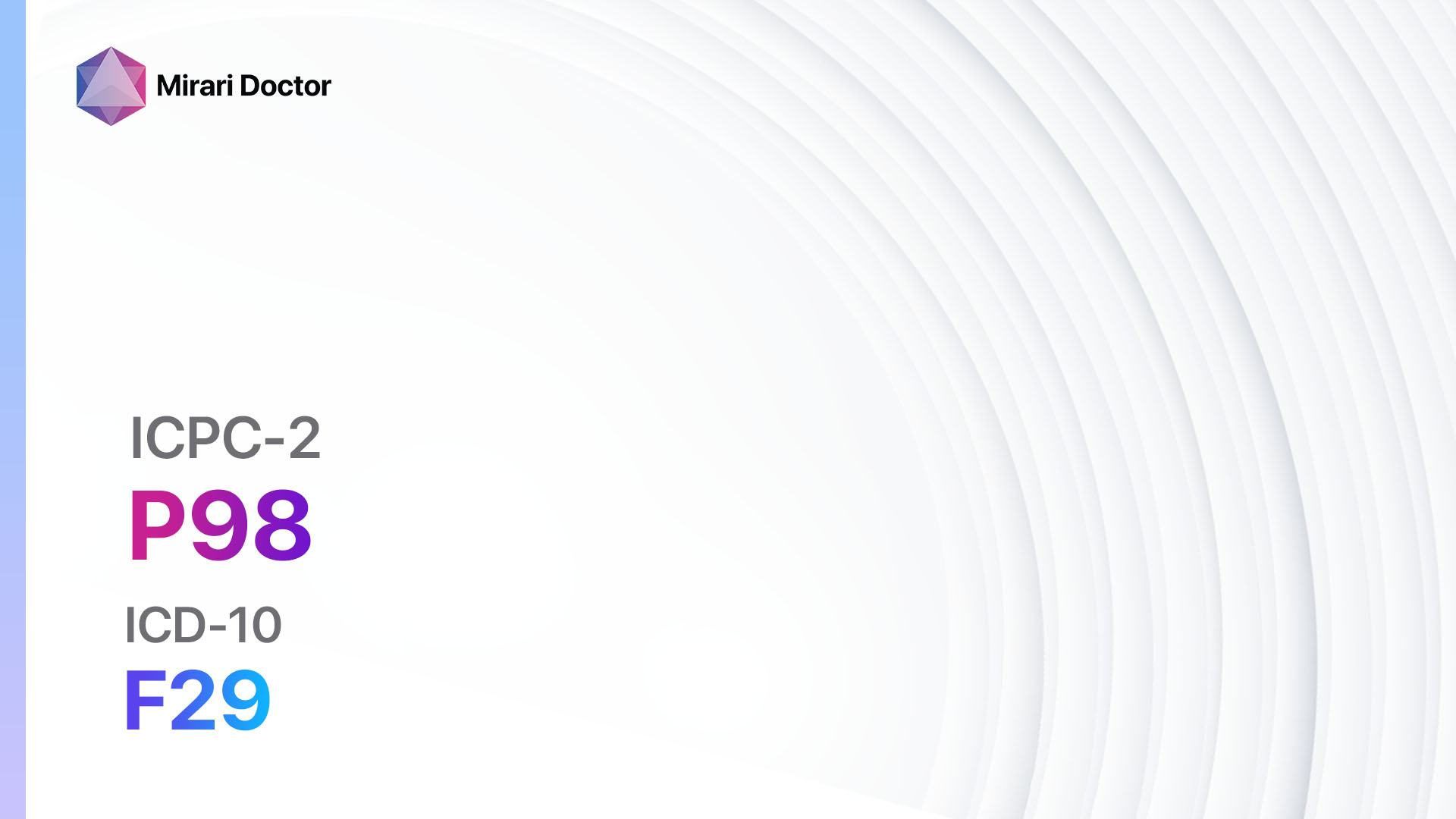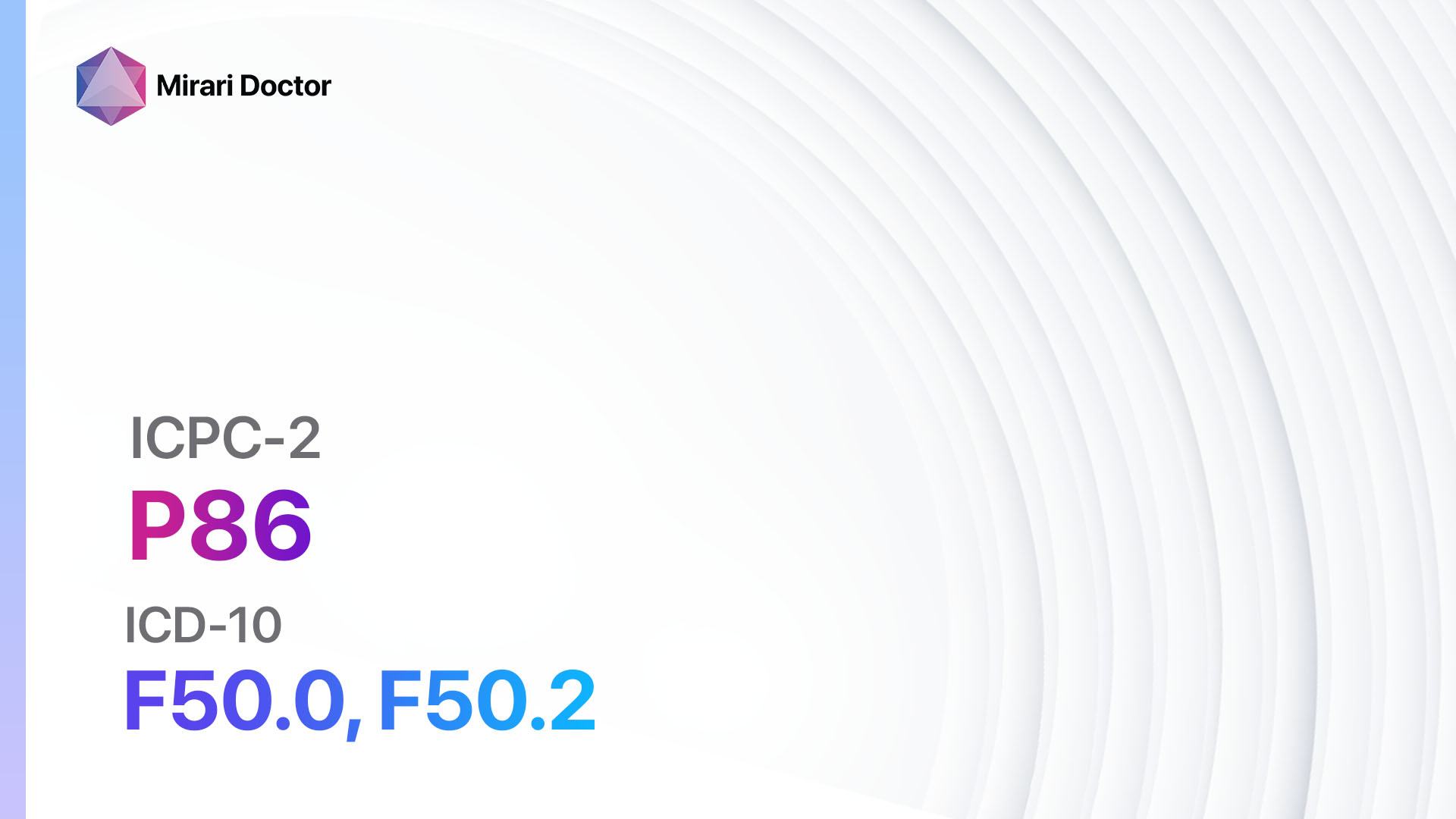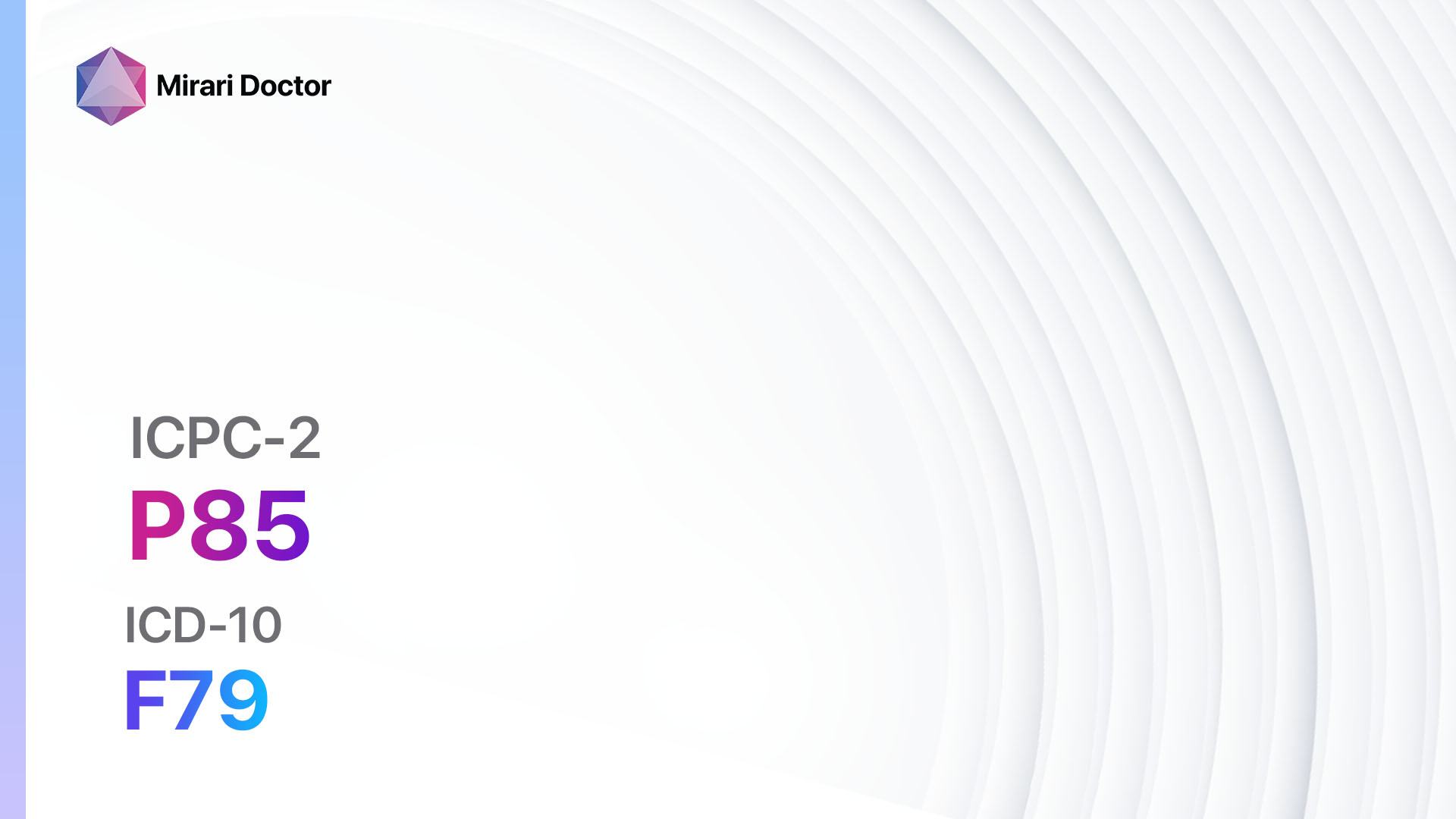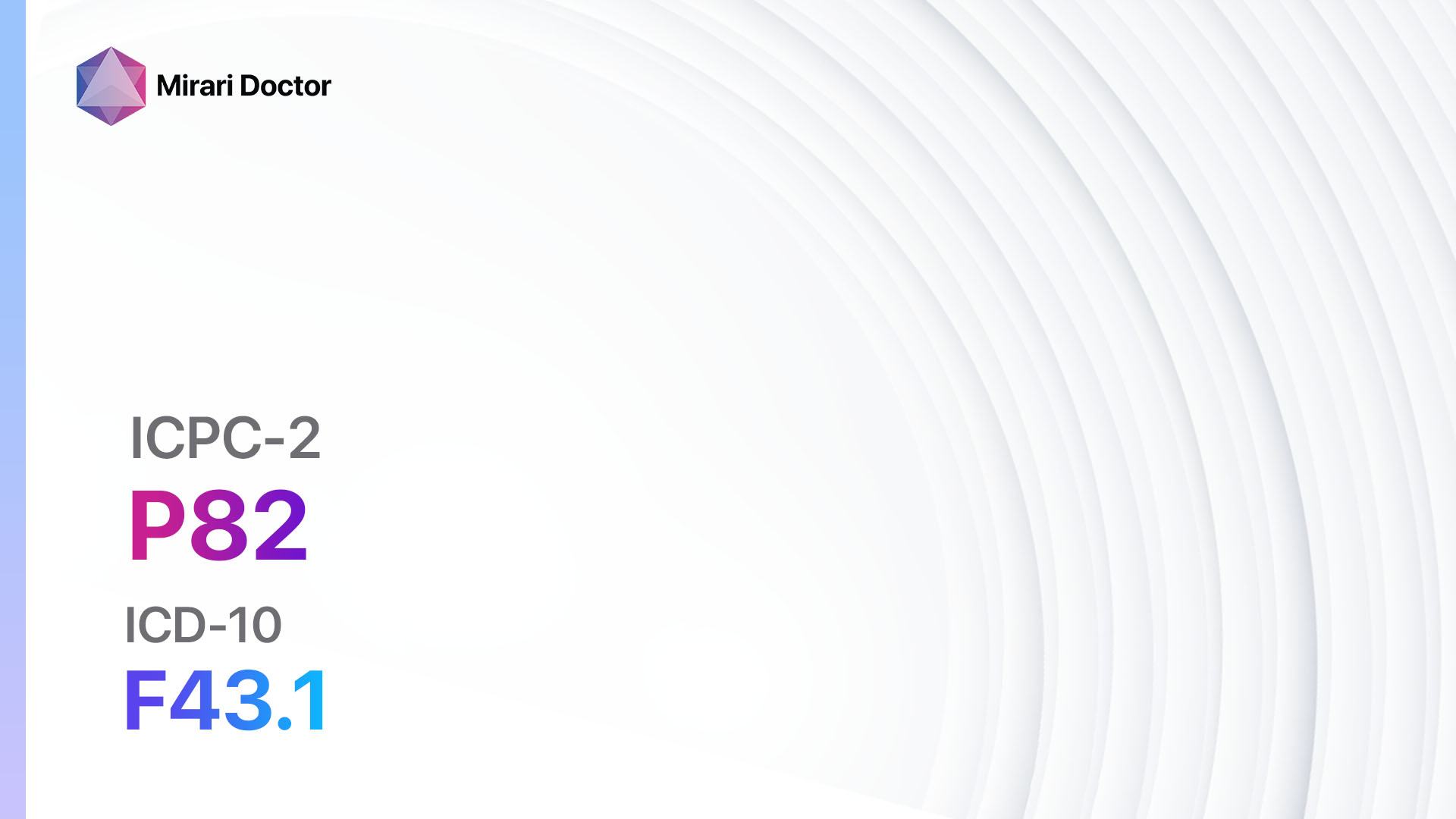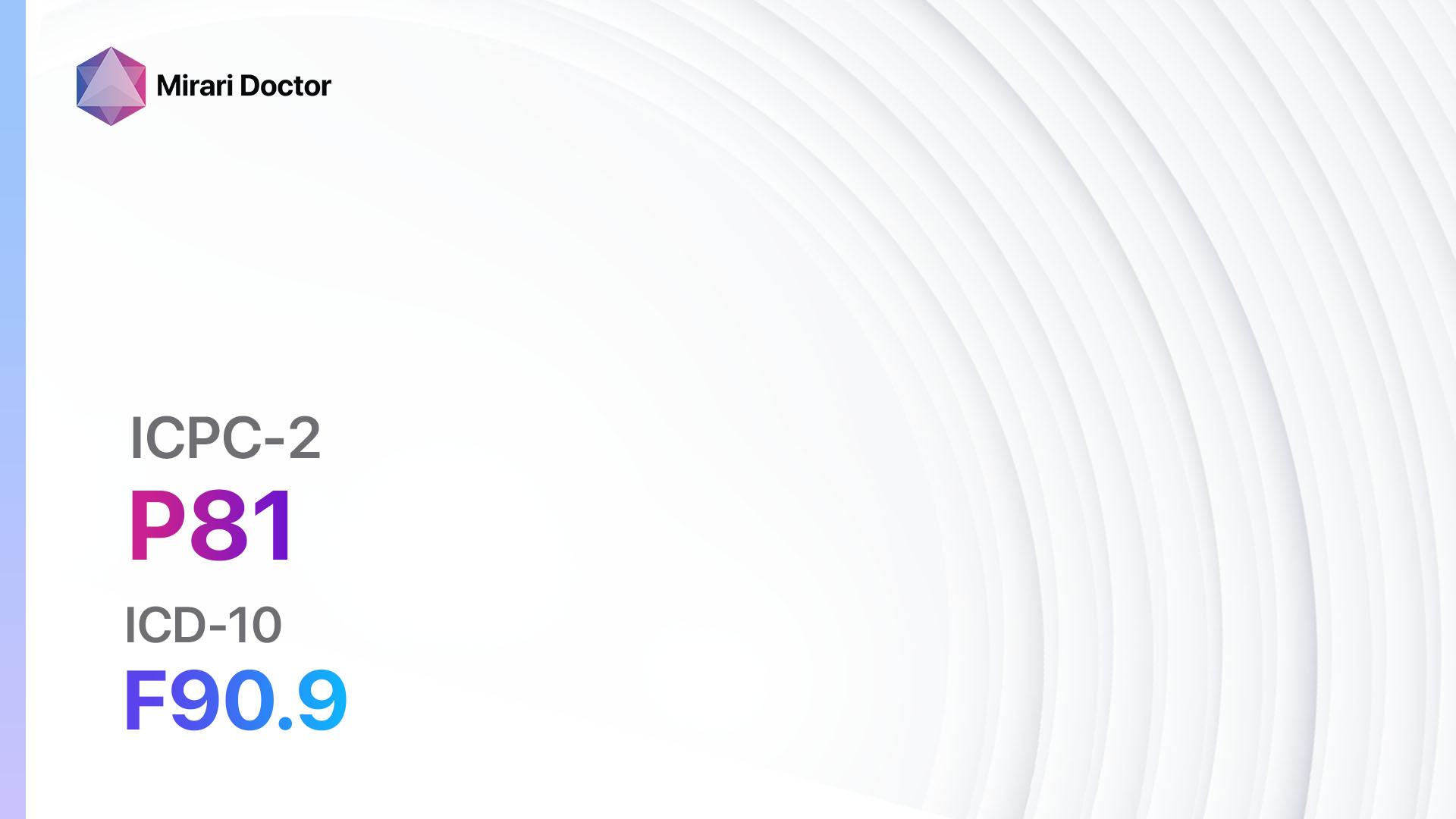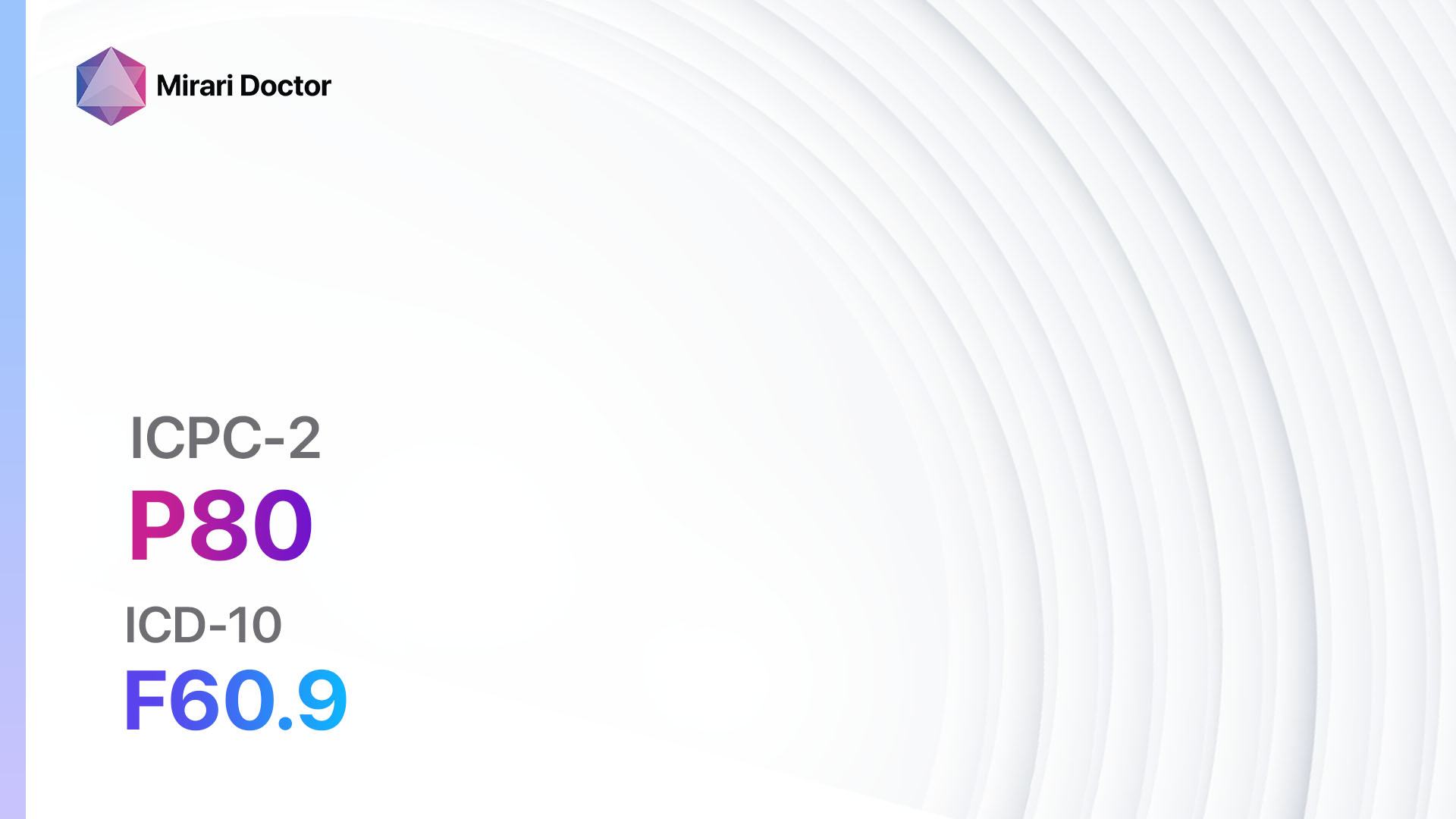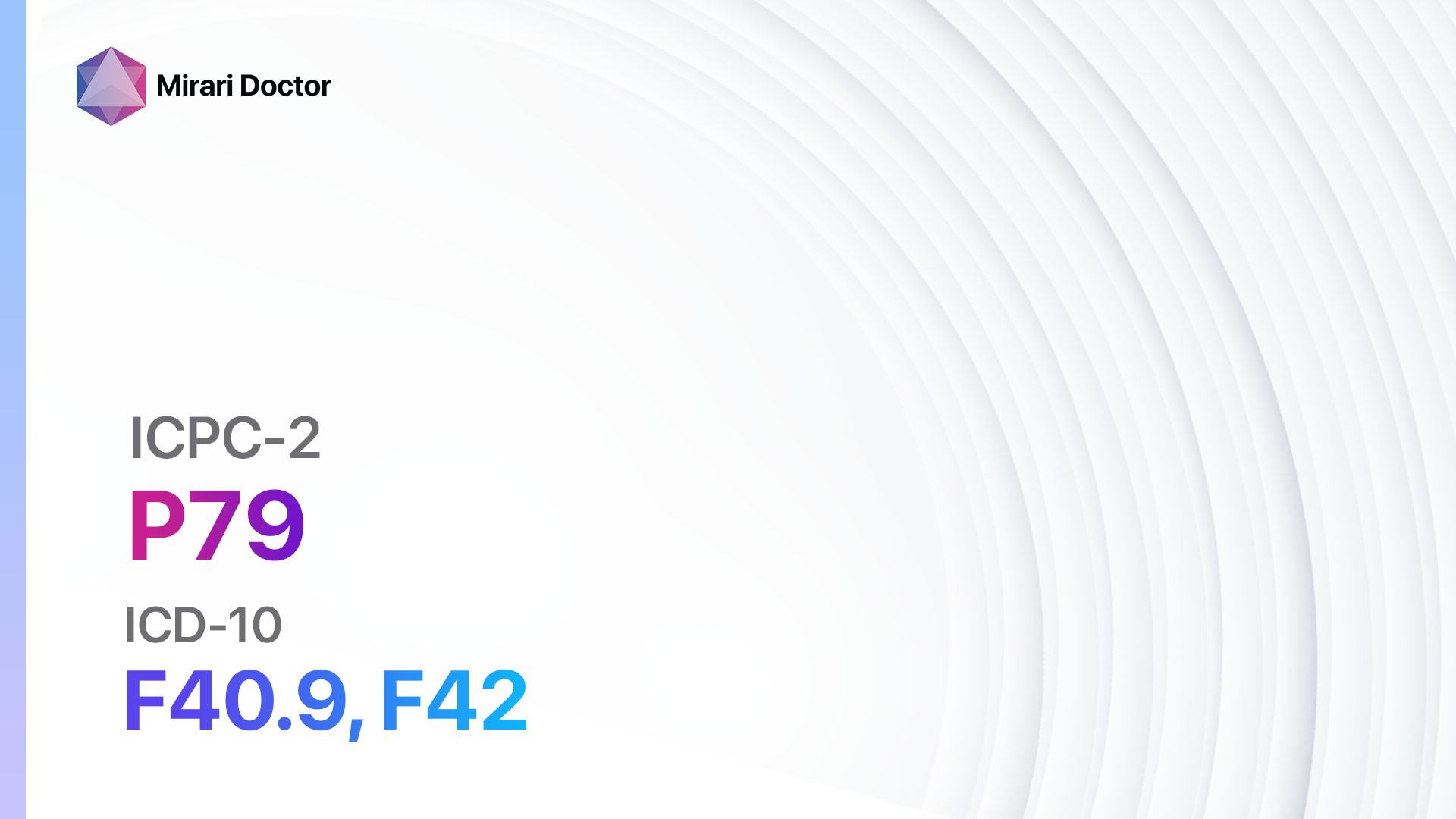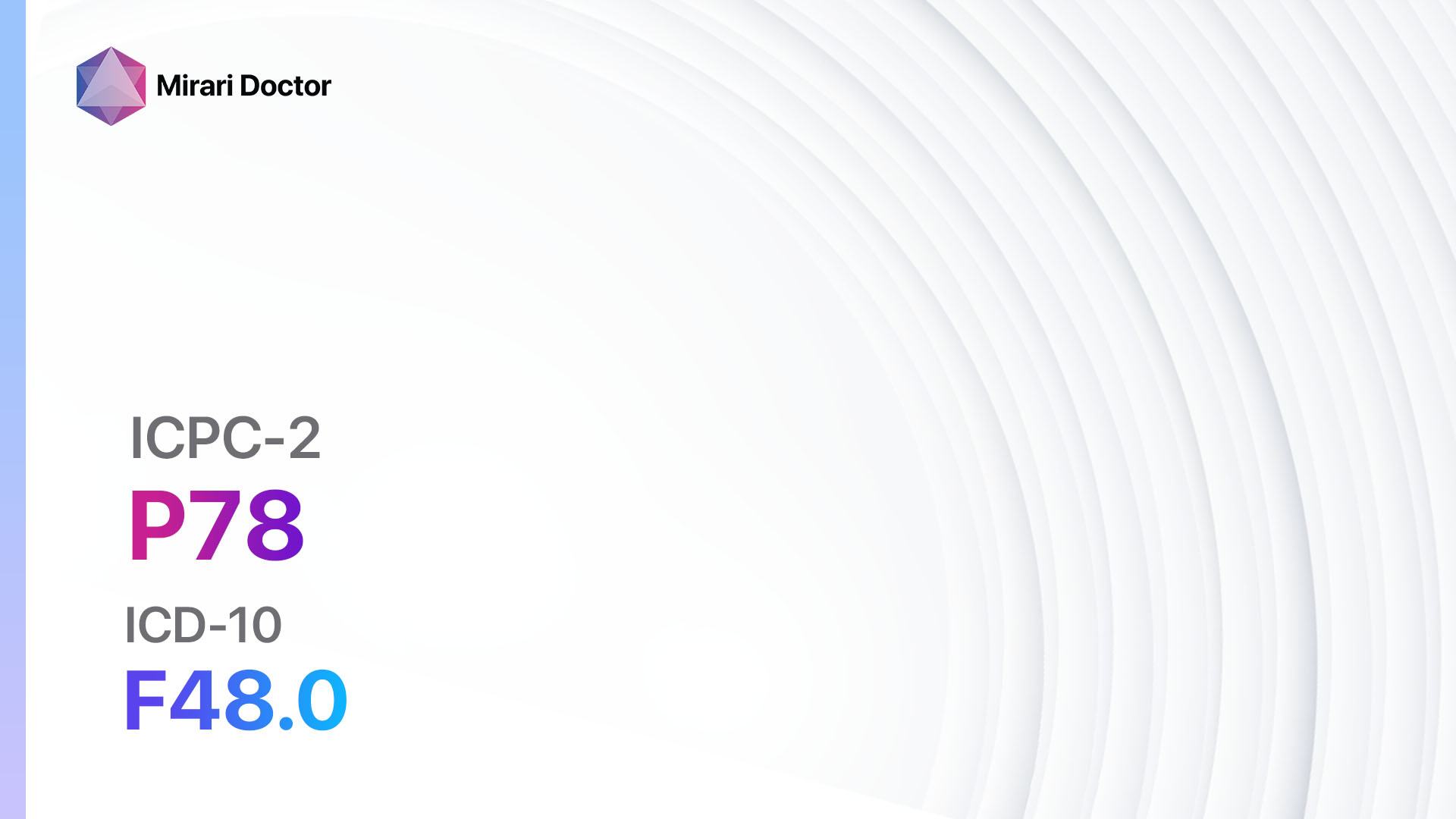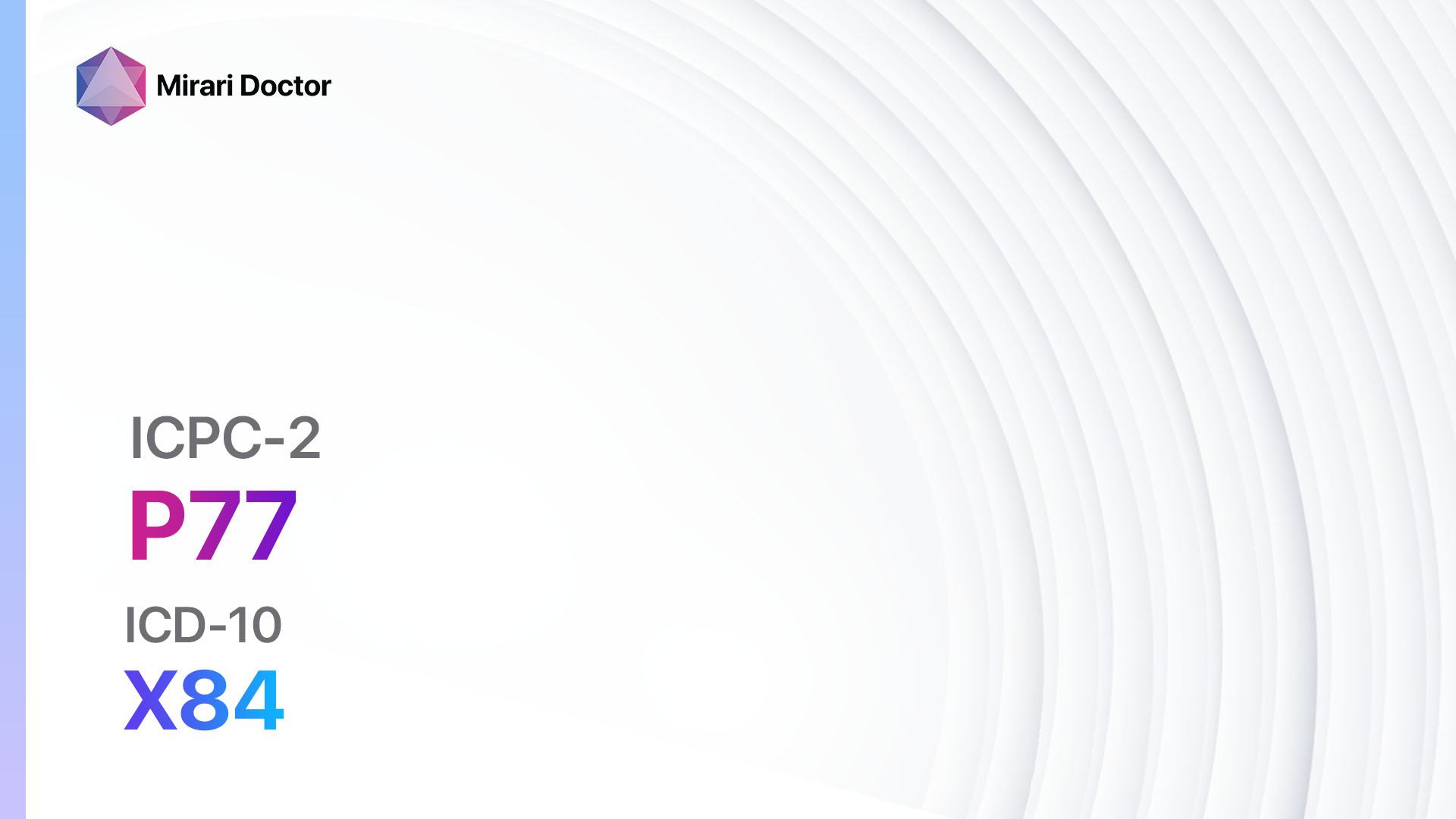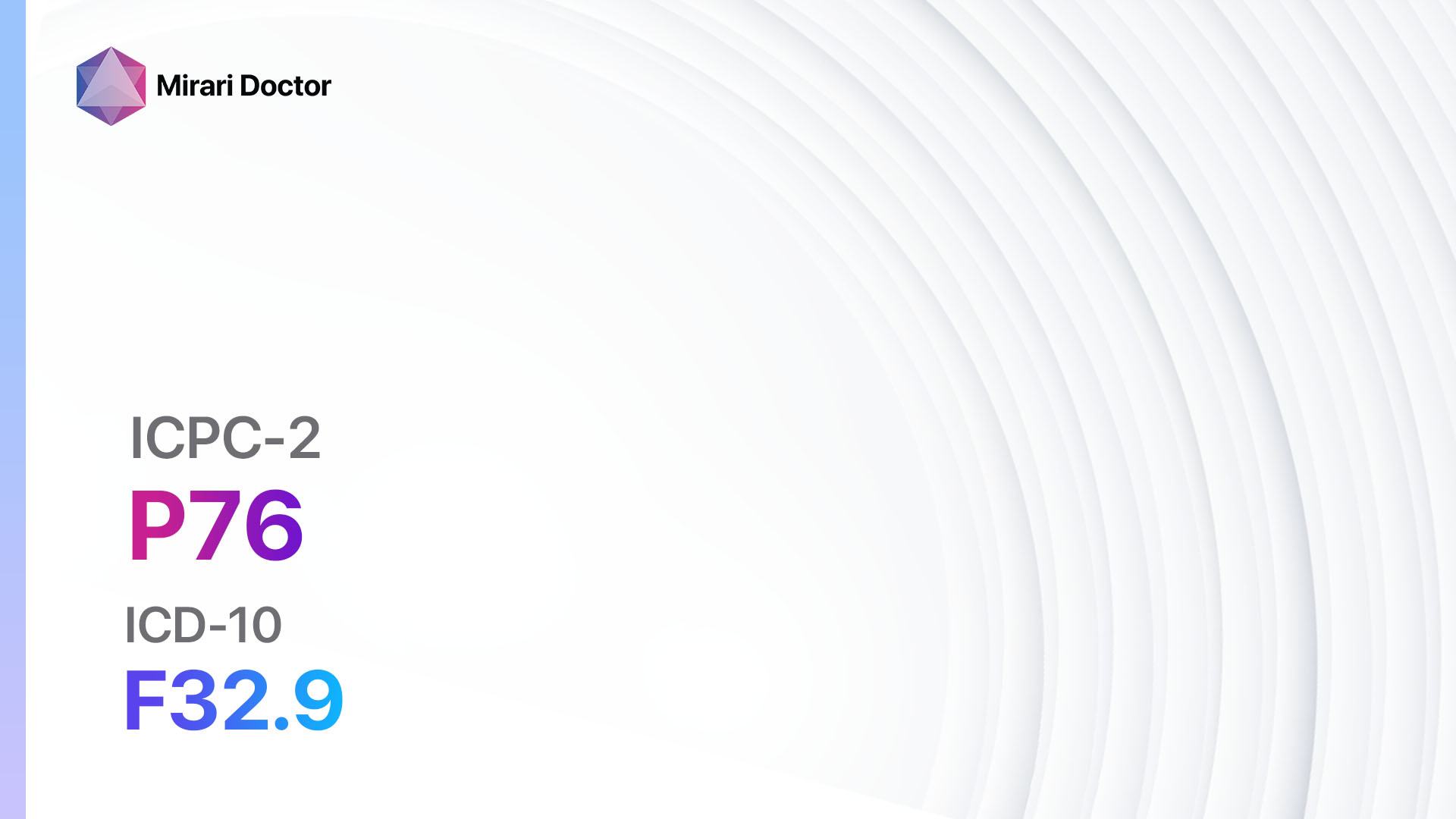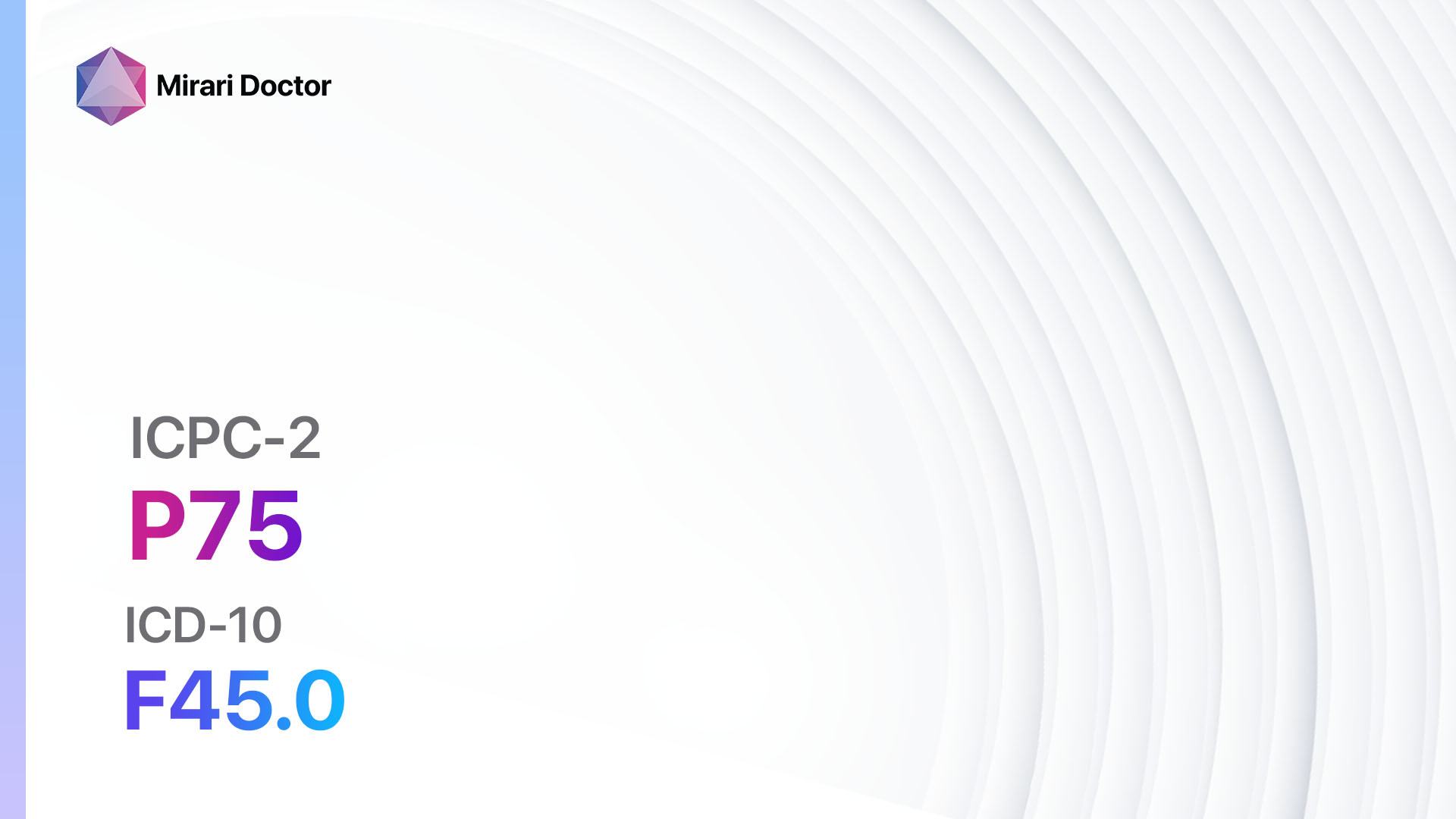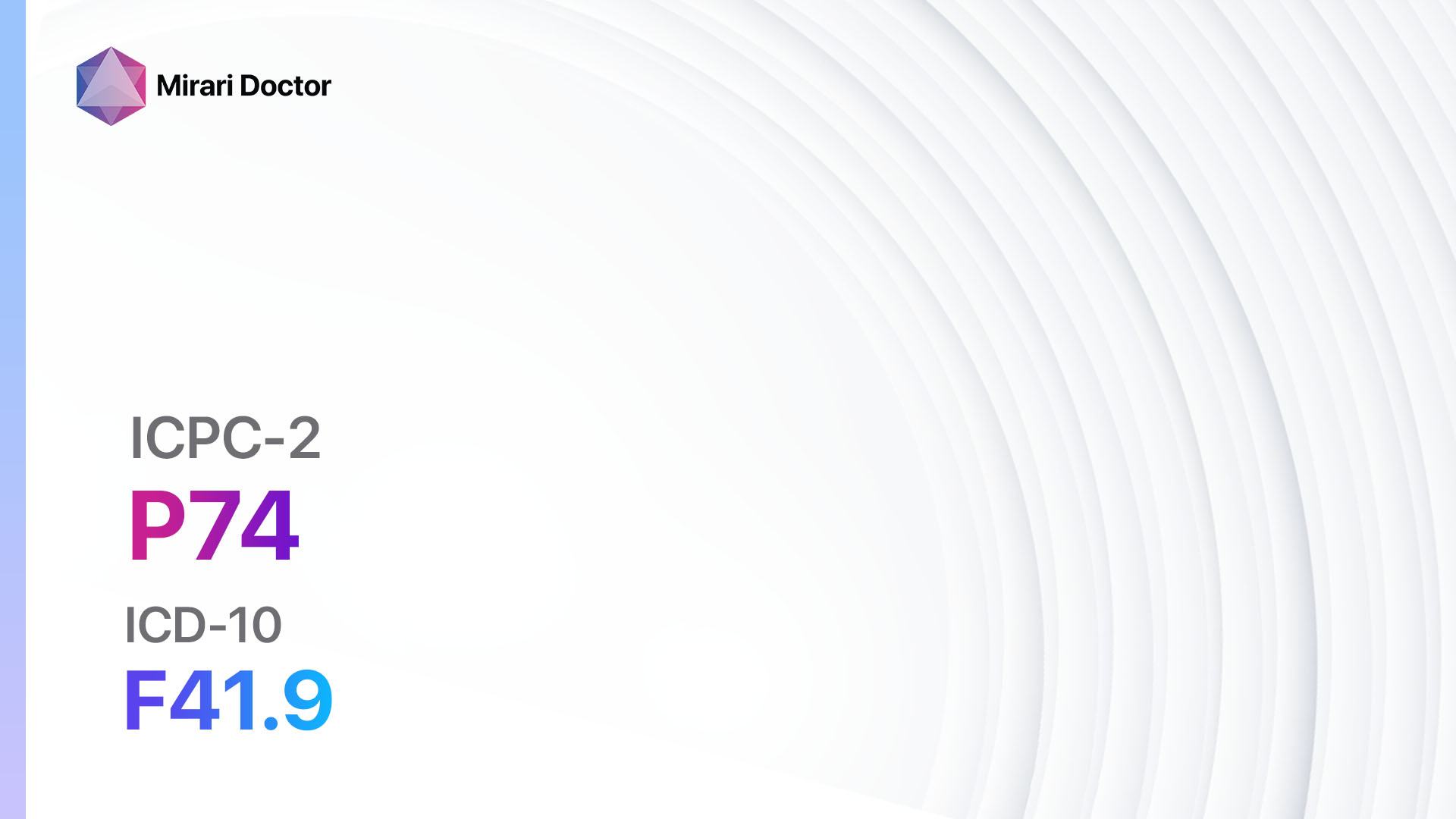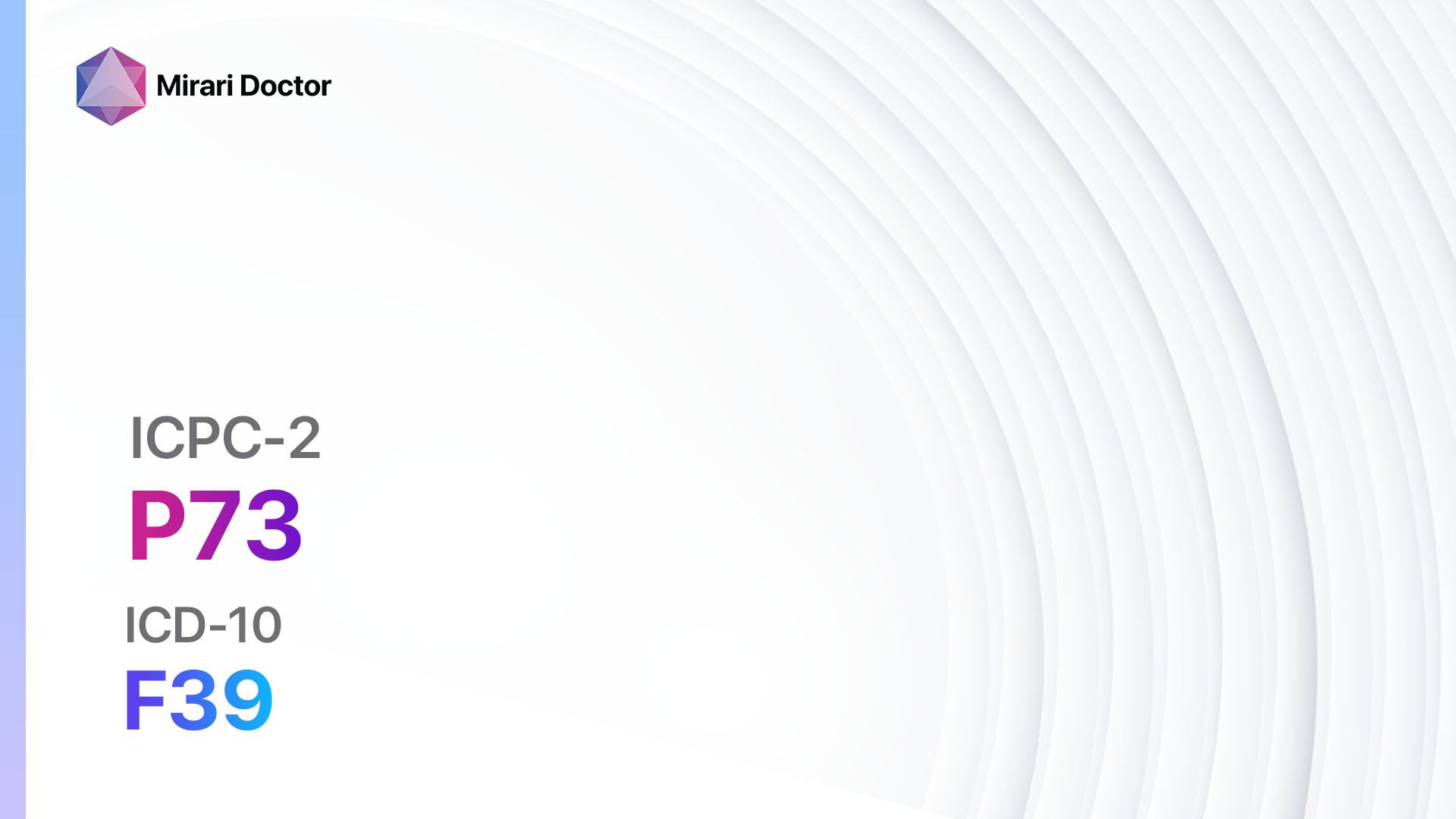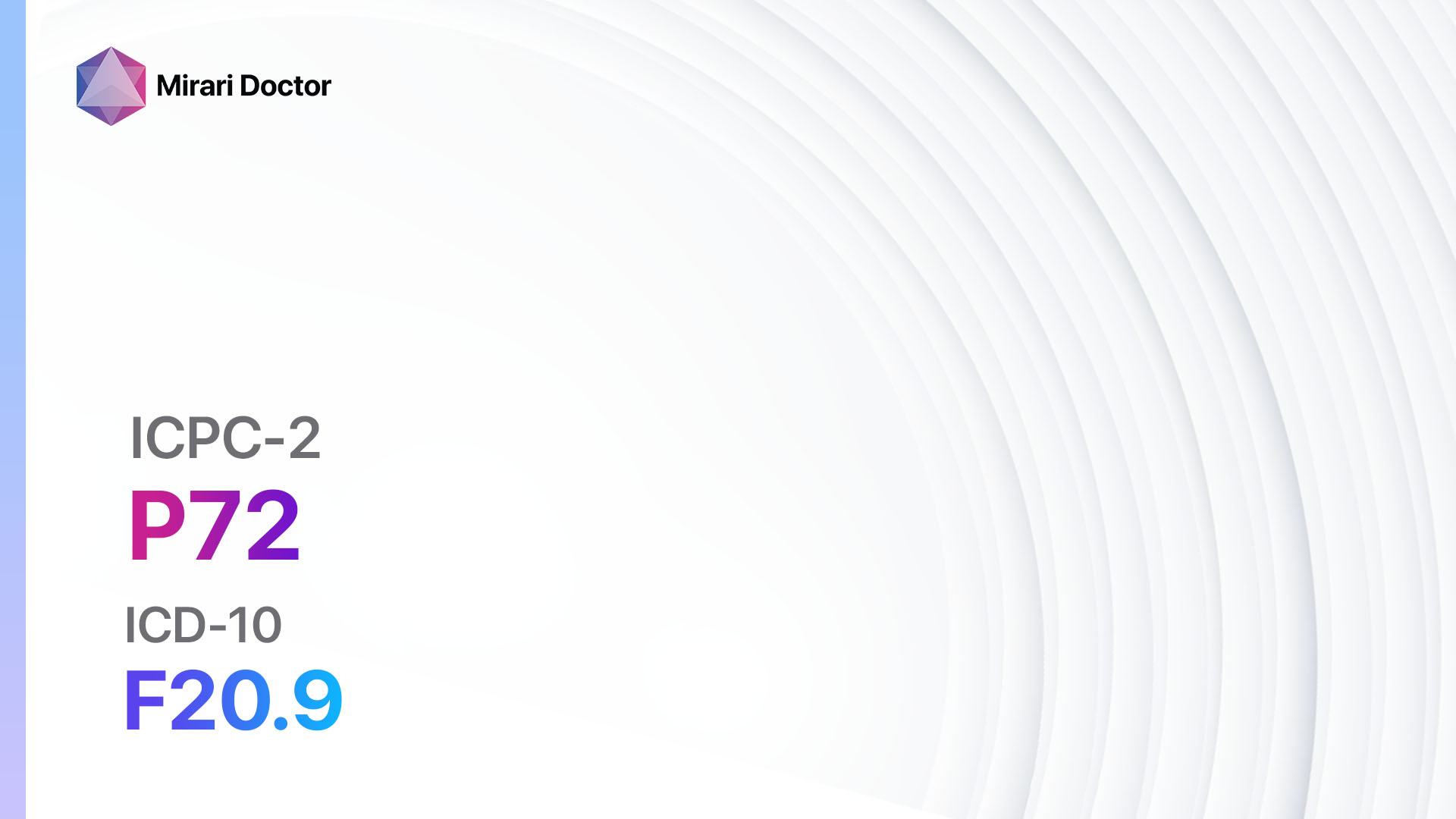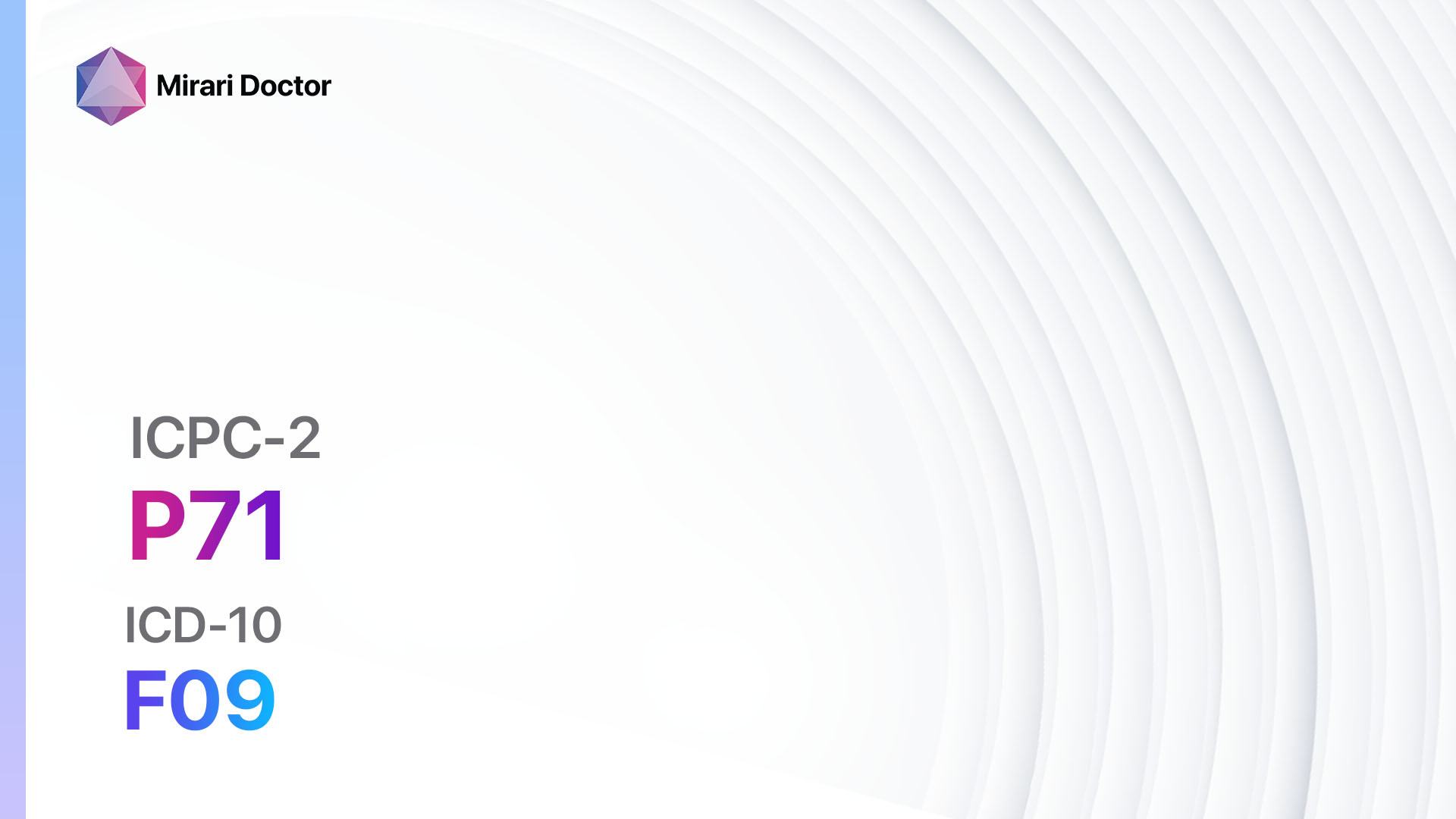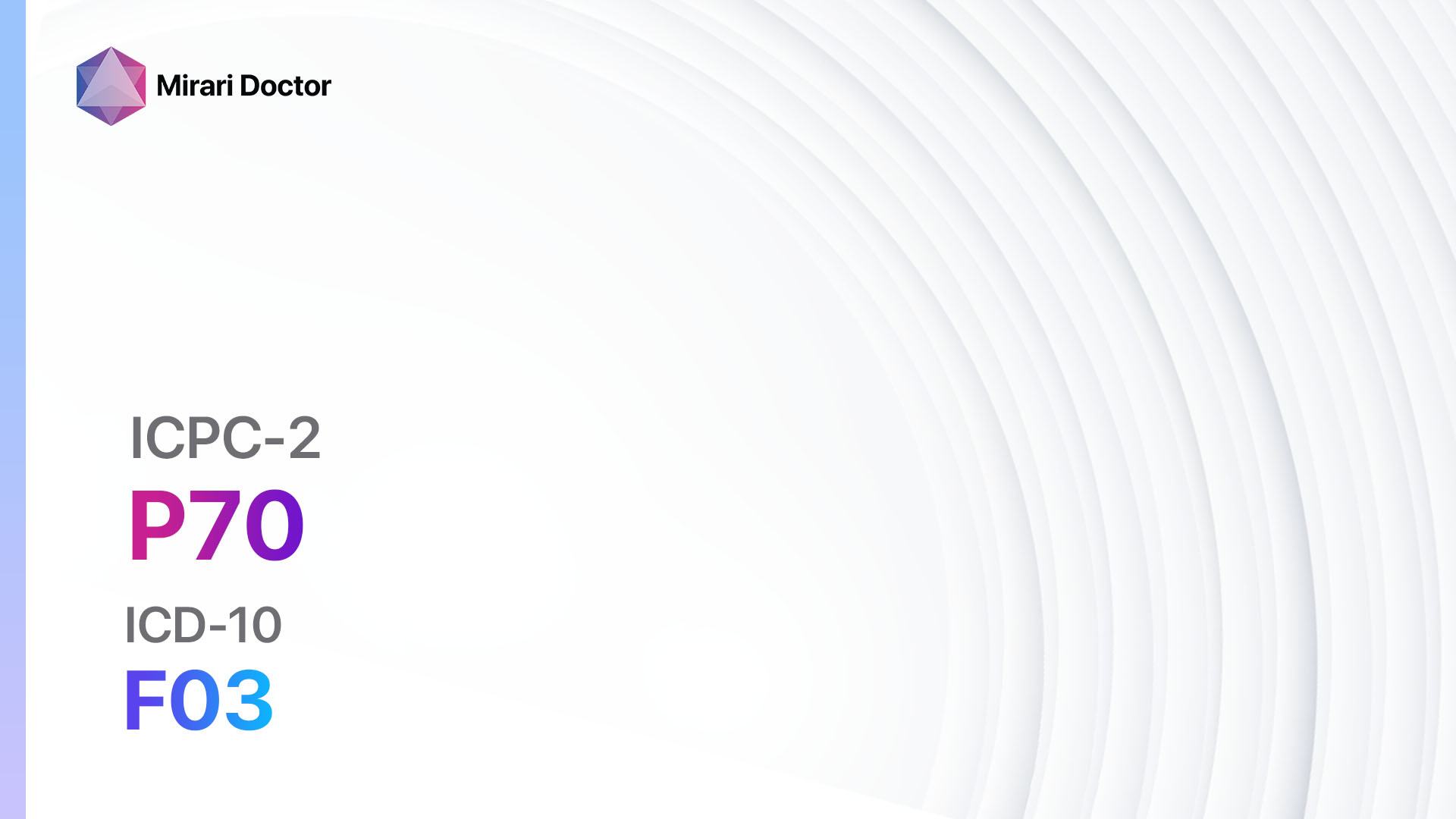
Introduction
Sexual fulfillment is an important aspect of overall well-being and quality of life. Reduced sexual fulfillment can have a significant impact on individuals and their relationships.[1]This guide aims to provide healthcare professionals with a comprehensive approach to diagnosing and managing sexual fulfillment reduction in patients.
Codes
- ICPC-2 Code: P08 Sexual fulfillment reduced
- ICD-10 Code: F52.1 Sexual aversion and lack of sexual enjoyment
Symptoms
- Decreased libido: A decrease in sexual desire or interest.[2]
- Erectile dysfunction: Difficulty achieving or maintaining an erection.[3]
- Vaginal dryness: Insufficient lubrication in the vagina, leading to discomfort during sexual activity.[4]
- Pain during intercourse: Discomfort or pain experienced during sexual intercourse.[5]
- Difficulty achieving orgasm: Difficulty reaching climax or experiencing pleasure during sexual activity.[6]
Causes
- Hormonal imbalances: Fluctuations in hormone levels, such as testosterone or estrogen, can affect sexual desire and function.[7]
- Medications: Certain medications, such as antidepressants or blood pressure medications, can have side effects that impact sexual function.[8]
- Chronic medical conditions: Conditions like diabetes, cardiovascular disease, or neurological disorders can contribute to sexual dysfunction.[9]
- Psychological factors: Stress, anxiety, depression, or relationship issues can affect sexual fulfillment.[10]
- Lifestyle factors: Poor diet, lack of exercise, smoking, or excessive alcohol consumption can contribute to sexual dysfunction.
Diagnostic Steps
Medical History
- Gather information about the patient’s sexual history, including any changes in sexual desire or function.
- Inquire about any underlying medical conditions or chronic illnesses.
- Assess the patient’s psychological well-being and any potential stressors or relationship issues.
- Evaluate the patient’s lifestyle factors, such as diet, exercise, smoking, and alcohol consumption.
Physical Examination
- Perform a general physical examination to assess overall health and identify any physical abnormalities.
- Evaluate the patient’s blood pressure and heart rate.
- Examine the genital area for any signs of infection, inflammation, or anatomical abnormalities.
- Assess the patient’s neurological function, including reflexes and sensation.
Laboratory Tests
- Hormone levels: Measure testosterone, estrogen, and other relevant hormone levels to identify any hormonal imbalances.
- Blood glucose: Check fasting blood glucose levels to assess for diabetes or impaired glucose tolerance.
- Lipid profile: Evaluate lipid levels to assess cardiovascular risk factors.
- Thyroid function tests: Assess thyroid hormone levels to rule out any thyroid abnormalities.
- Complete blood count: Check for anemia or other blood disorders that may contribute to sexual dysfunction.
Diagnostic Imaging
- Pelvic ultrasound: Use ultrasound imaging to assess the pelvic organs and identify any structural abnormalities.
- Doppler ultrasound: Evaluate blood flow to the genital area to assess vascular health.
- Magnetic resonance imaging (MRI): Use MRI to visualize the brain and spinal cord for any neurological abnormalities.
Other Tests
- Psychological assessment: Consider referring the patient to a psychologist or psychiatrist for a comprehensive psychological evaluation.
- Sleep study: Assess for sleep disorders, such as sleep apnea, which can contribute to sexual dysfunction.
- Partner evaluation: Inquire about the partner’s sexual function and assess for any relationship issues.
Follow-up and Patient Education
- Schedule regular follow-up appointments to monitor progress and adjust treatment as needed.
- Provide education on healthy lifestyle habits, stress management techniques, and communication strategies for improving sexual fulfillment.
- Offer resources for couples therapy or sex therapy if necessary.
Possible Interventions
Traditional Interventions
Medications:
Top 5 drugs for sexual fulfillment reduction:
- Sildenafil (Viagra):
- Cost: $10-$70 per pill.
- Contraindications: Nitrates, alpha-blockers, severe liver or kidney disease.
- Side effects: Headache, flushing, indigestion.
- Severe side effects: Priapism (prolonged erection), sudden hearing loss, vision changes.
- Drug interactions: Nitroglycerin, alpha-blockers, certain antifungal medications.
- Warning: Not recommended for patients with cardiovascular disease.
- Tadalafil (Cialis):
- Cost: $10-$70 per pill.
- Contraindications: Nitrates, alpha-blockers, severe liver or kidney disease.
- Side effects: Headache, back pain, muscle aches.
- Severe side effects: Priapism (prolonged erection), sudden hearing loss, vision changes.
- Drug interactions: Nitroglycerin, alpha-blockers, certain antifungal medications.
- Warning: Not recommended for patients with cardiovascular disease.
- Vardenafil (Levitra):
- Cost: $10-$70 per pill.
- Contraindications: Nitrates, alpha-blockers, severe liver or kidney disease.
- Side effects: Headache, flushing, stuffy or runny nose.
- Severe side effects: Priapism (prolonged erection), sudden hearing loss, vision changes.
- Drug interactions: Nitroglycerin, alpha-blockers, certain antifungal medications.
- Warning: Not recommended for patients with cardiovascular disease.
- Hormone replacement therapy:
- Cost: Varies depending on the specific hormone and delivery method.
- Contraindications: Active breast or prostate cancer, severe liver or kidney disease.
- Side effects: Fluid retention, breast tenderness, mood changes.
- Severe side effects: Increased risk of blood clots, stroke, or heart attack.
- Drug interactions: None reported.
- Warning: Regular monitoring of hormone levels and potential risks is required.
- Antidepressants (e.g., selective serotonin reuptake inhibitors):
- Cost: Varies depending on the specific medication and dosage.
- Contraindications: MAO inhibitors, recent myocardial infarction.
- Side effects: Nausea, sexual dysfunction, weight gain.
- Severe side effects: Serotonin syndrome, increased risk of suicidal thoughts.
- Drug interactions: MAO inhibitors, certain pain medications.
- Warning: May take several weeks to achieve desired effects.
Surgical Procedures:
- Penile prosthesis implantation: Surgical placement of a penile prosthesis to achieve an erection. Cost: $10,000-$20,000.
- Vaginal rejuvenation surgery: Surgical procedures to improve vaginal tightness and lubrication. Cost: $5,000-$10,000.
Alternative Interventions
- Acupuncture: May help improve blood flow and reduce pain. Cost: $60-$120 per session.
- Herbal supplements: Some herbs, such as ginseng or maca root, may have potential benefits for sexual function. Cost: Varies depending on the specific supplement.
- Yoga and meditation: Can help reduce stress and improve overall well-being. Cost: Varies depending on the location and instructor.
- Couples therapy: Provides a safe space for couples to address relationship issues and improve communication. Cost: $100-$200 per session.
- Sex therapy: Focuses on addressing sexual concerns and improving sexual function. Cost: $100-$200 per session.
Lifestyle Interventions
- Regular exercise: Engaging in physical activity can improve cardiovascular health and boost libido. Cost: Varies depending on the chosen activity (e.g., gym membership, fitness classes).
- Healthy diet: Consuming a balanced diet rich in fruits, vegetables, whole grains, and lean proteins can support overall health and sexual function. Cost: Varies depending on food choices and dietary preferences.
- Stress management: Practicing stress-reducing techniques, such as mindfulness or relaxation exercises, can improve sexual fulfillment. Cost: Varies depending on the chosen method (e.g., yoga classes, meditation apps).
- Smoking cessation: Quitting smoking can improve blood flow and overall health, positively impacting sexual function. Cost: Varies depending on the chosen smoking cessation method (e.g., nicotine replacement therapy, counseling).
- Limiting alcohol consumption: Excessive alcohol consumption can impair sexual function. Reducing alcohol intake or abstaining can improve sexual fulfillment. Cost: Varies depending on personal alcohol consumption habits.
It is important to note that the cost ranges provided are approximate and may vary depending on the location and availability of the interventions.
Mirari Cold Plasma Alternative Intervention
Understanding Mirari Cold Plasma
- Safe and Non-Invasive Treatment: Mirari Cold Plasma is a safe and non-invasive treatment option for various skin conditions. It does not require incisions, minimizing the risk of scarring, bleeding, or tissue damage.
- Efficient Extraction of Foreign Bodies: Mirari Cold Plasma facilitates the removal of foreign bodies from the skin by degrading and dissociating organic matter, allowing easier access and extraction.
- Pain Reduction and Comfort: Mirari Cold Plasma has a local analgesic effect, providing pain relief during the treatment, making it more comfortable for the patient.
- Reduced Risk of Infection: Mirari Cold Plasma has antimicrobial properties, effectively killing bacteria and reducing the risk of infection.
- Accelerated Healing and Minimal Scarring: Mirari Cold Plasma stimulates wound healing and tissue regeneration, reducing healing time and minimizing the formation of scars.
Mirari Cold Plasma Prescription
Video instructions for using Mirari Cold Plasma Device – P08 Sexual fulfillment reduced (ICD-10:F52.1)
| Mild | Moderate | Severe |
| Mode setting: 8 (Insomnia) Location: 7 (Neuro system & ENT) Morning: 15 minutes, Evening: 15 minutes | Mode setting: 8 (Insomnia) Location: 7 (Neuro system & ENT) Morning: 30 minutes, Lunch: 30 minutes, Evening: 30 minutes | Mode setting: 8 (Insomnia) Location: 7 (Neuro system & ENT) Morning: 30 minutes, Lunch: 30 minutes, Evening: 30 minutes |
| Mode setting: 5 (Prostatitis Therapy) Location: 2 (Prostate & Uterus) Morning: 15 minutes, Evening: 15 minutes | Mode setting: 5 (Prostatitis Therapy) Location: 2 (Prostate & Uterus) Morning: 30 minutes, Lunch: 30 minutes, Evening: 30 minutes | Mode setting: 5 (Prostatitis Therapy) Location: 2 (Prostate & Uterus) Morning: 30 minutes, Lunch: 30 minutes, Evening: 30 minutes |
| Mode setting: 7 (Immunotherapy) Location: 1 (Sacrum) Morning: 15 minutes, Evening: 15 minutes | Mode setting: 7 (Immunotherapy) Location: 1 (Sacrum) Morning: 30 minutes, Lunch: 30 minutes, Evening: 30 minutes | Mode setting: 7 (Immunotherapy) Location: 1 (Sacrum) Morning: 30 minutes, Lunch: 30 minutes, Evening: 30 minutes |
| Total Morning: 45 minutes approx. $7.50 USD, Evening: 45 minutes approx. $7.50 USD | Total Morning: 90 minutes approx. $15 USD, Lunch: 90 minutes approx. $15 USD, Evening: 90 minutes approx. $15 USD | Total Morning: 90 minutes approx. $15 USD, Lunch: 90 minutes approx. $15 USD, Evening: 90 minutes approx. $15 USD |
| Usual treatment for 7-60 days approx. $105USD – $900 USD | Usual treatment for 6-8 weeks approx. $1,890USD – $2,520 USD | Usual treatment for 3-6 months approx. $4,050 USD – $8,100 USD |
 |
|
Use the Mirari Cold Plasma device to treat Sexual fulfillment reduced effectively.
WARNING: MIRARI COLD PLASMA IS DESIGNED FOR THE HUMAN BODY WITHOUT ANY ARTIFICIAL OR THIRD PARTY PRODUCTS. USE OF OTHER PRODUCTS IN COMBINATION WITH MIRARI COLD PLASMA MAY CAUSE UNPREDICTABLE EFFECTS, HARM OR INJURY. PLEASE CONSULT A MEDICAL PROFESSIONAL BEFORE COMBINING ANY OTHER PRODUCTS WITH USE OF MIRARI.
Step 1: Cleanse the Skin
- Start by cleaning the affected area of the skin with a gentle cleanser or mild soap and water. Gently pat the area dry with a clean towel.
Step 2: Prepare the Mirari Cold Plasma device
- Ensure that the Mirari Cold Plasma device is fully charged or has fresh batteries as per the manufacturer’s instructions. Make sure the device is clean and in good working condition.
- Switch on the Mirari device using the power button or by following the specific instructions provided with the device.
- Some Mirari devices may have adjustable settings for intensity or treatment duration. Follow the manufacturer’s instructions to select the appropriate settings based on your needs and the recommended guidelines.
Step 3: Apply the Device
- Place the Mirari device in direct contact with the affected area of the skin. Gently glide or hold the device over the skin surface, ensuring even coverage of the area experiencing.
- Slowly move the Mirari device in a circular motion or follow a specific pattern as indicated in the user manual. This helps ensure thorough treatment coverage.
Step 4: Monitor and Assess:
- Keep track of your progress and evaluate the effectiveness of the Mirari device in managing your Sexual fulfillment reduced. If you have any concerns or notice any adverse reactions, consult with your health care professional.
Note
This guide is for informational purposes only and should not replace the advice of a medical professional. Always consult with your healthcare provider or a qualified medical professional for personal advice, diagnosis, or treatment. Do not solely rely on the information presented here for decisions about your health. Use of this information is at your own risk. The authors of this guide, nor any associated entities or platforms, are not responsible for any potential adverse effects or outcomes based on the content.
Mirari Cold Plasma System Disclaimer
- Purpose: The Mirari Cold Plasma System is a Class 2 medical device designed for use by trained healthcare professionals. It is registered for use in Thailand and Vietnam. It is not intended for use outside of these locations.
- Informational Use: The content and information provided with the device are for educational and informational purposes only. They are not a substitute for professional medical advice or care.
- Variable Outcomes: While the device is approved for specific uses, individual outcomes can differ. We do not assert or guarantee specific medical outcomes.
- Consultation: Prior to utilizing the device or making decisions based on its content, it is essential to consult with a Certified Mirari Tele-Therapist and your medical healthcare provider regarding specific protocols.
- Liability: By using this device, users are acknowledging and accepting all potential risks. Neither the manufacturer nor the distributor will be held accountable for any adverse reactions, injuries, or damages stemming from its use.
- Geographical Availability: This device has received approval for designated purposes by the Thai and Vietnam FDA. As of now, outside of Thailand and Vietnam, the Mirari Cold Plasma System is not available for purchase or use.
References
- Dosch A, Rochat L, Ghisletta P, Favez N, Van der Linden M. Psychological Factors Involved in Sexual Desire, Sexual Activity, and Sexual Satisfaction: A Multi-factorial Perspective. Arch Sex Behav. 2016;45(8):2029-2045.
- Brotto LA. The DSM diagnostic criteria for hypoactive sexual desire disorder in women. Arch Sex Behav. 2010;39(2):221-239.
- Yafi FA, Jenkins L, Albersen M, et al. Erectile dysfunction. Nat Rev Dis Primers. 2016;2:16003.
- Nappi RE, Palacios S. Impact of vulvovaginal atrophy on sexual health and quality of life at postmenopause. Climacteric. 2014;17(1):3-9.
- Laumann EO, Paik A, Rosen RC. Sexual dysfunction in the United States: prevalence and predictors. JAMA. 1999;281(6):537-544.
- Meston CM, Hull E, Levin RJ, Sipski M. Disorders of orgasm in women. J Sex Med. 2004;1(1):66-68.
- Davis SR, Wahlin-Jacobsen S. Testosterone in women–the clinical significance. Lancet Diabetes Endocrinol. 2015;3(12):980-992.
- Montejo AL, Montejo L, Baldwin DS. The impact of severe mental disorders and psychotropic medications on sexual health and its implications for clinical management. World Psychiatry. 2018;17(1):3-11.
- Maiorino MI, Bellastella G, Esposito K. Diabetes and sexual dysfunction: current perspectives. Diabetes Metab Syndr Obes. 2014;7:95-105.
- McCabe MP, Sharlip ID, Lewis R, et al. Incidence and Prevalence of Sexual Dysfunction in Women and Men: A Consensus Statement from the Fourth International Consultation on Sexual Medicine 2015. J Sex Med. 2016;13(2):144-152.
Related articles
Made in USA



